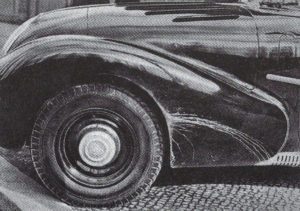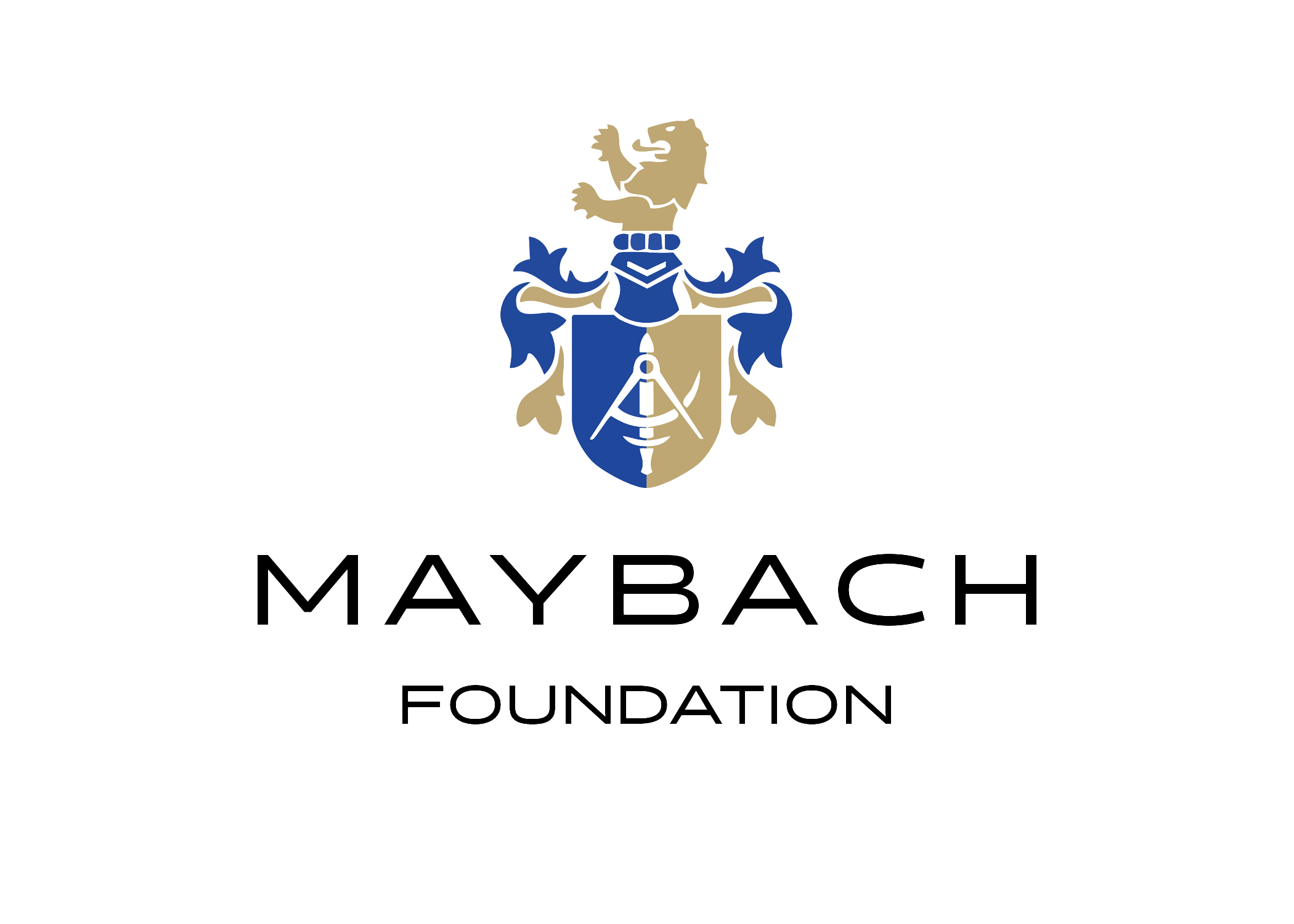This month, with the 100 year anniversary of Maybach Cars rapidly approaching, we want to look at an extraordinary set of Maybach cars. It brought together the high-performance engines and chassis of Maybach-Motor-Works with state of the art streamline technology.

These cars, of which there were three in all, were fitted with bodies according to designs by Paul Jaray — one of the leading designers in the field of streamlining. During his studies he had developed concepts for stream-lined car bodies which were fitted onto chassis of a variety of manufacturers of its day. After their inventor, they were even called ‚Jaray-Form‘. The chassis chosen for the Maybach examples that were commissioned by the company itself as research and presentation pieces, were the Schwingachs-Wagen (Swinging-Axle Car) or SW models. Roads had improved and the expressway network was gradually developed in the years prior to the launch of the new series. As the distances travelled were getting longer, the cars also needed to be more comfortable. The solution had been a new and improved suspension system, the ‚Swinging Axle‘ which would today be called single wheel suspension.

Unlike other earlier examples, which were mostly embodying a streamline-spirit if you will, these cars indeed had an increased performance. There is a photograph which shows the effect of the streamlining dirt from the roads is only along the lower side of the car. To further reduce air-friction, an unconventional way to store the spare wheel was chosen — it was in the interior of the vehicle and not on the outside or in a trunk. It was built by the main partner of Maybach-Motor-Works when it came to bodies, Spohn of Ravensburg. The first car with a Jaray streamline design, built in 1922 using a Ley T 6 chassis had also been manufactured by the company. While you might expect that this extreme design would have been manufactured using the latest materials and means, aluminum for example, the established methods were used. What it needed was precision and experience of translating a design to reality and Spohn delivered once again and did so by using a wooden frame onto which thin metal plates were applied.
The first of three Jaray Streamline Maybach’s built was based on the SW 35, the first version of its series by Maybach-Motor-Works. In contemporary images it appears black and grey, however according to sources its color scheme was red top and fenders, beige sides. It was first presented at the Paris Motor Show where it was met with positive responses by the media. It was offered for sale and most likely was acquired by the, in its day superstar boxer Max Schmeling. The trace of this special vehicle is lost after WW II.
At the IAA (International Automobile Exhibition) Berlin 1935 another SW 35 was presented with reversed color scheme. The car was released for sale and according to one of the leading experts was purchased by an actor. Most likely it was Gustav Fröhlich, one of Germany’s most famous actors in that time who also played in the movie ‚Metropolis‘. Why another color scheme was chosen is not delivered, however a similar approach was take with a Maybach twelve-cylinder Zeppelin show car, which later was repainted in the reverse color scheme.
The last example of the series was based on a SW 38 and was completely painted in dark blue — it was shown at the IAA Berlin in the following years. An image from the time shows it in front of hotel Kaiserhof which was the starting point for rides to showcase the speed and reduces gas consumption of this new vehicle. The SW 38 was for sale but despite a Swedish prospective buyer, it can be assumed that the body was dismantled before the start of the war.


Leave a Reply